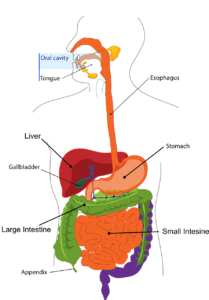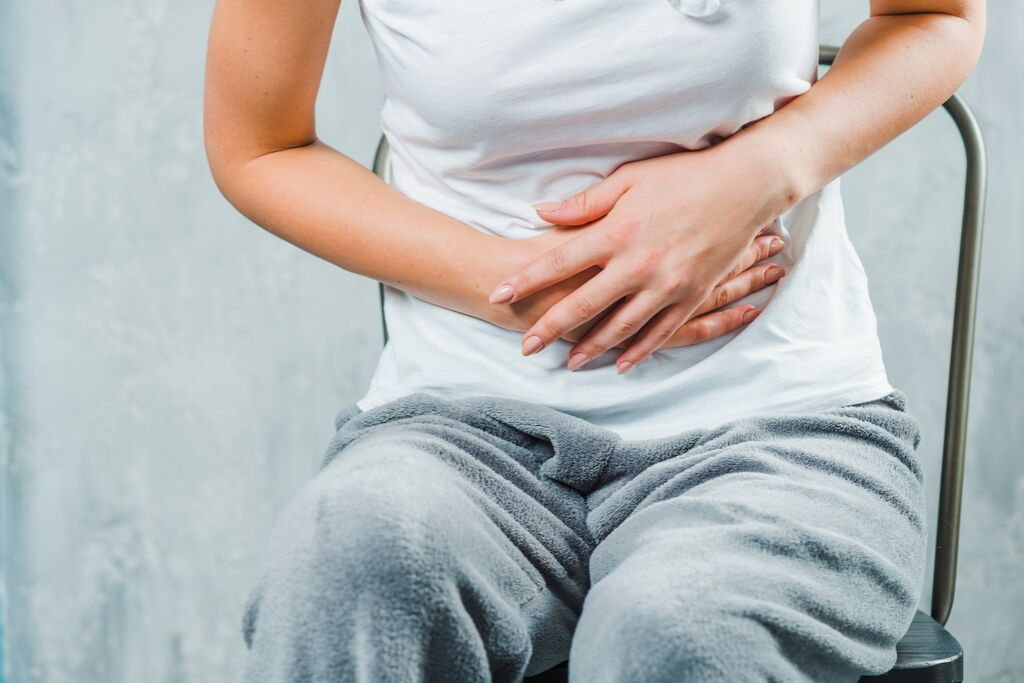We all face some digestive distress in our day to day life. Whether it is a meal that does not agree with us or lingering gastrointestinal ailments requiring changes in our lifestyle. Most people do not like to talk about it nowadays, however, digestive problems and diseases are extremely common.
The primary function of our digestion system is to process the food we eat in order to provide our body with the energy and nutrients it needs, and later deal with the waste from our body.

Digestion starts with the mouth and ends with the anus. Digestive diseases are disorders of the digestive tract, which is sometimes called the gastrointestinal (GI) tract. The digestive tract consists of a food tube, stomach, large intestine, small intestine, liver, pancreas and gallbladder.
The first signs of a problem in the digestive tract often include one or more of the symptoms below
- Bleeding
- Bloating
- Constipation
- Diarrhoea
- Heartburn
- Nausea and vomiting
- Pain in the belly
- Weight gain or Weight loss
Here is a list of the most prevalent digestive conditions:
- Gastroesophageal Reflux Disease (GERD) :
-
When stomach acid backs up into your oesophagus a condition called acid reflux you may feel a burning pain in the middle of your chest.
- Gallstones :
-
Gallstones are hard deposits that form in your gallbladder a small, pear-shaped sack that stores and secretes bile for digestion. Gallstones can form when there is too much cholesterol or waste in your bile, or if your gallbladder does not empty properly.
- Celiac Disease :
-
Celiac disease is a serious sensitivity to gluten, which is a protein found in wheat, rye, and barley. Eat gluten, and your immune system goes on the attack: It damages your villi, the finger-like protrusions in your small intestines that help you absorb nutrients from the foods you eat.
- Crohn’s Disease:
-
Crohn’s disease is part of a group of digestive conditions called inflammatory bowel disease (IBD). Crohn’s most commonly affects the terminal ileum, which connects the end of the small bowel and the beginning of the colon, but it can affect any part of the digestive tract.
- Irritable Bowel Syndrome:
-
It could be irritable bowel syndrome (IBS), another common digestive condition. Signs of IBS can vary widely: You can be constipated or have diarrhoea, or have hard, dry stools on one day and loose watery stools on another. Bloating is also a symptom of IBS.
- Hemorrhoids :
-
Bright red blood in the toilet bowl when you move your bowels could be a sign of hemorrhoids, which is a common condition. Hemorrhoids are an inflammation of the blood vessels at the end of your digestive tract. They can be painful and itchy.
- Anal Fissure :
-
Anal fissures are tiny, oval-shaped tears in the lining of the very end of your digestive tract called your anus.
Tests for digestive problems can include colonoscopy, upper GI endoscopy, capsule endoscopy, endoscopic retrograde cholangiopancreatography (ERCP), and endoscopic ultrasound.
Many other surgical procedures are performed on the digestive tract which includes procedures using endoscopy, laparoscopy and open surgery. In some cases, organ transplants can also be performed on the pancreas, liver and small intestine.
There are gastroenterologists that can help in the diagnosis and treatment of digestive problems and disorders.
Do not delay in speaking to your doctor.



